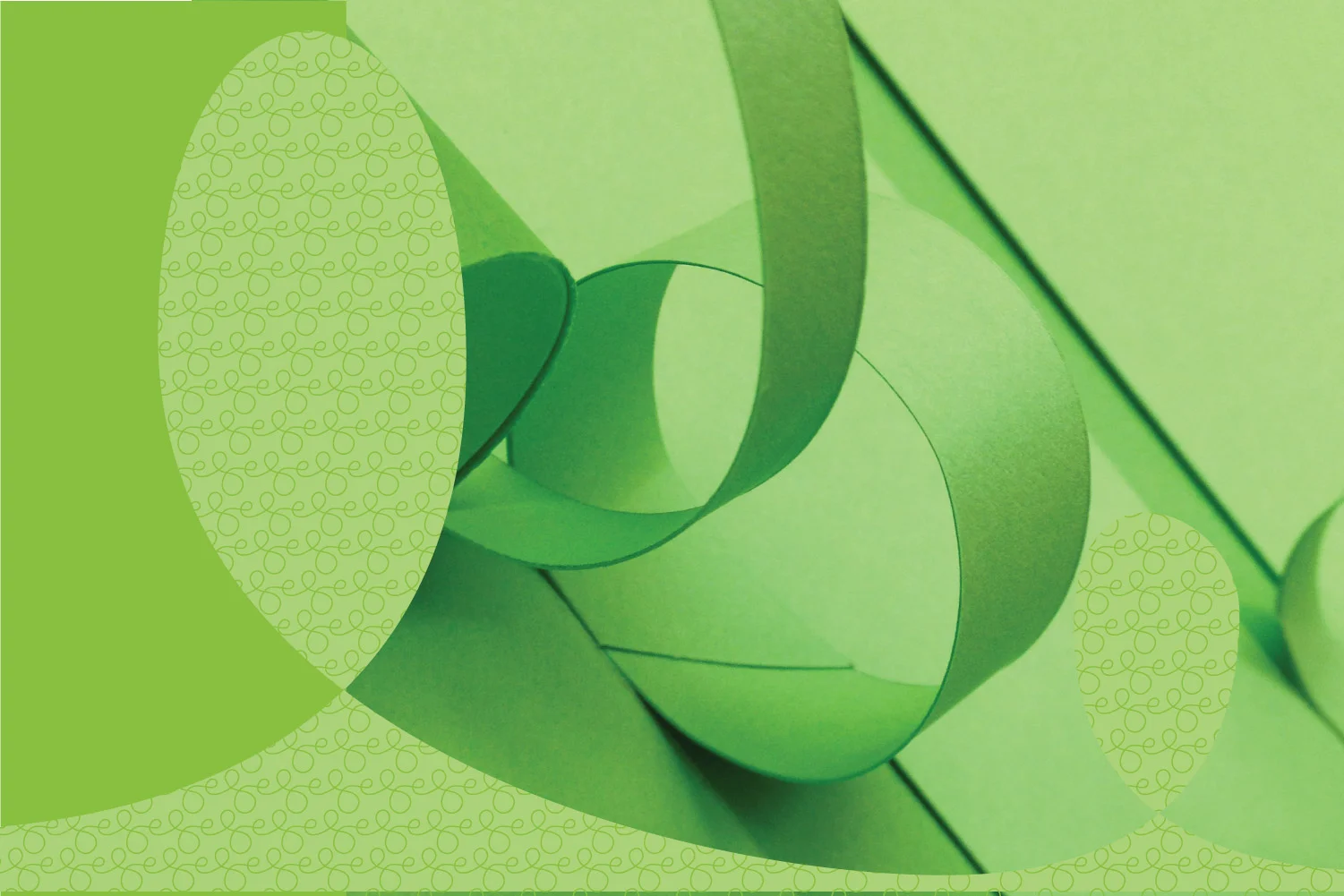Watch M.A.I.A. explain Open Loop University
ARTICLE 15
Advertisements for Open Loop University
Marketing materials developed and used in publications from 2025-2040
Stanford’s marketing department focused on communicating the new Open Loop system during the 2020s and 2030s. This was part of a strategic initiative to differentiate the Stanford experience and communicate that Stanford produced curious, intellectually vibrant, and agile lifelong learners.
The ads displayed here cover a variety of aspects and benefits of the Open Loop structure, including the archive of loop paths that Stanford curated over time to guide and inspire future students. One successful advertisement highlighted the path journeys of different individuals over their lifetimes. Stanford also began a new campaign when Admissions started recruiting students in 2015, which continued until the eventual closing of the application process in 2035.
Watch Video of Tania Anaissie explain Loop Ads.
View Loop Ads Gallery

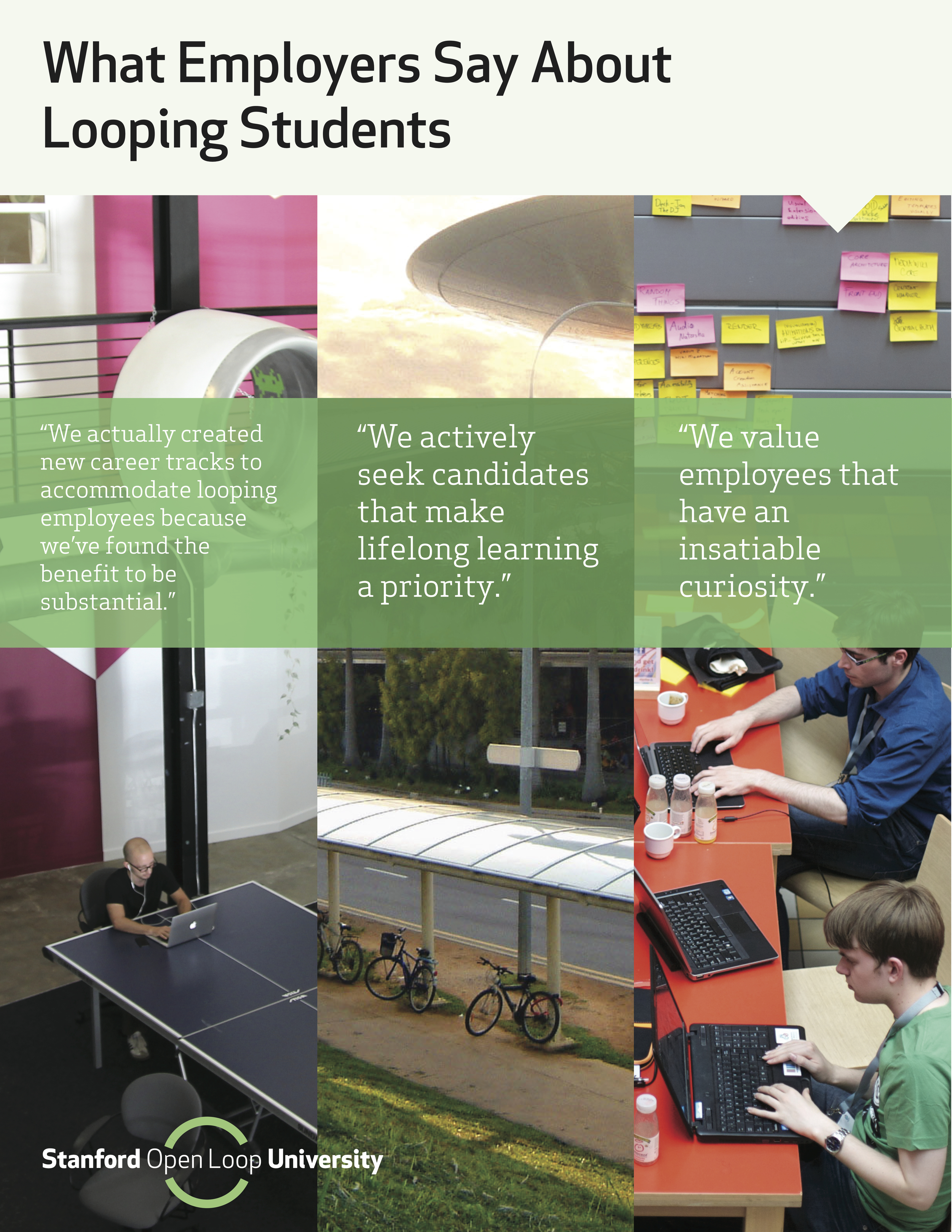
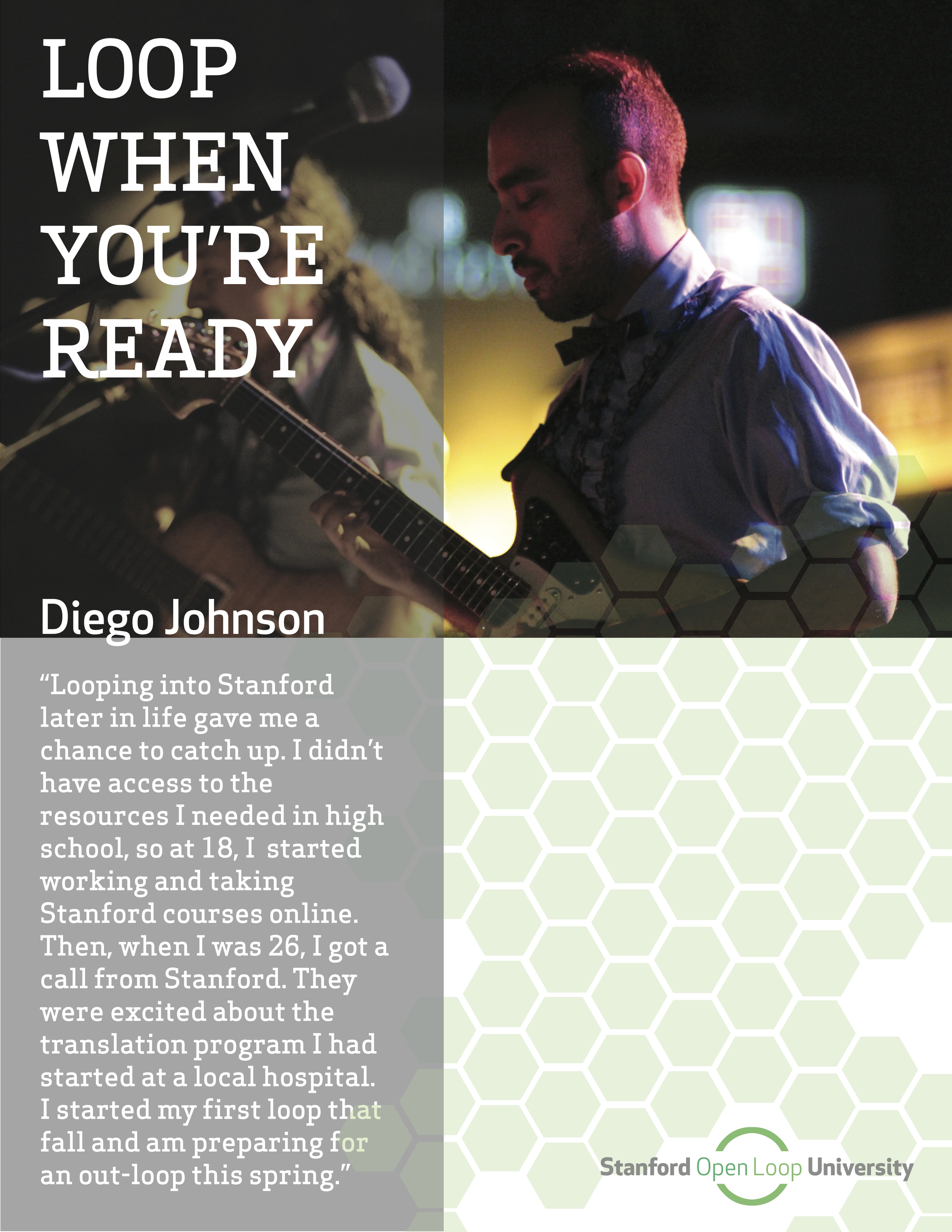
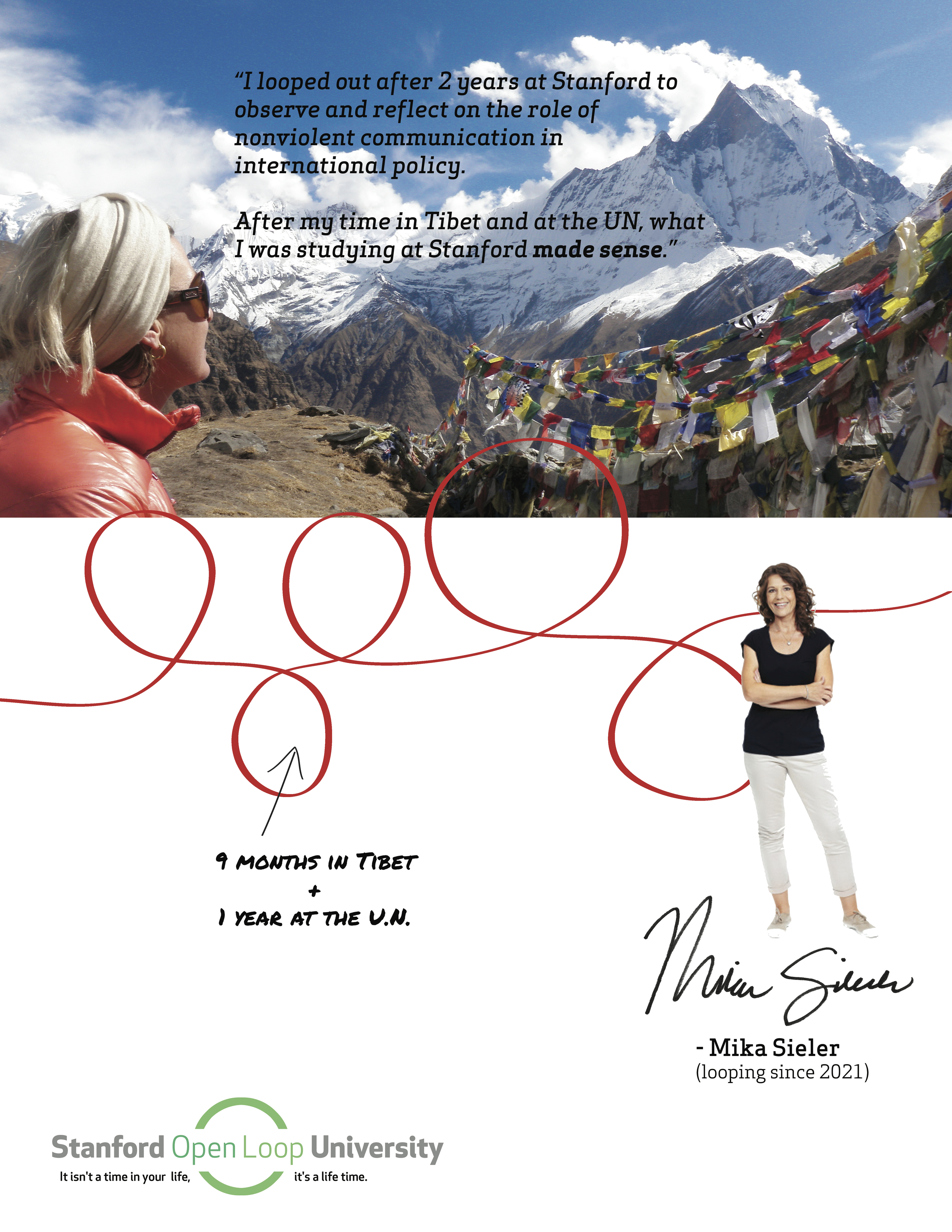
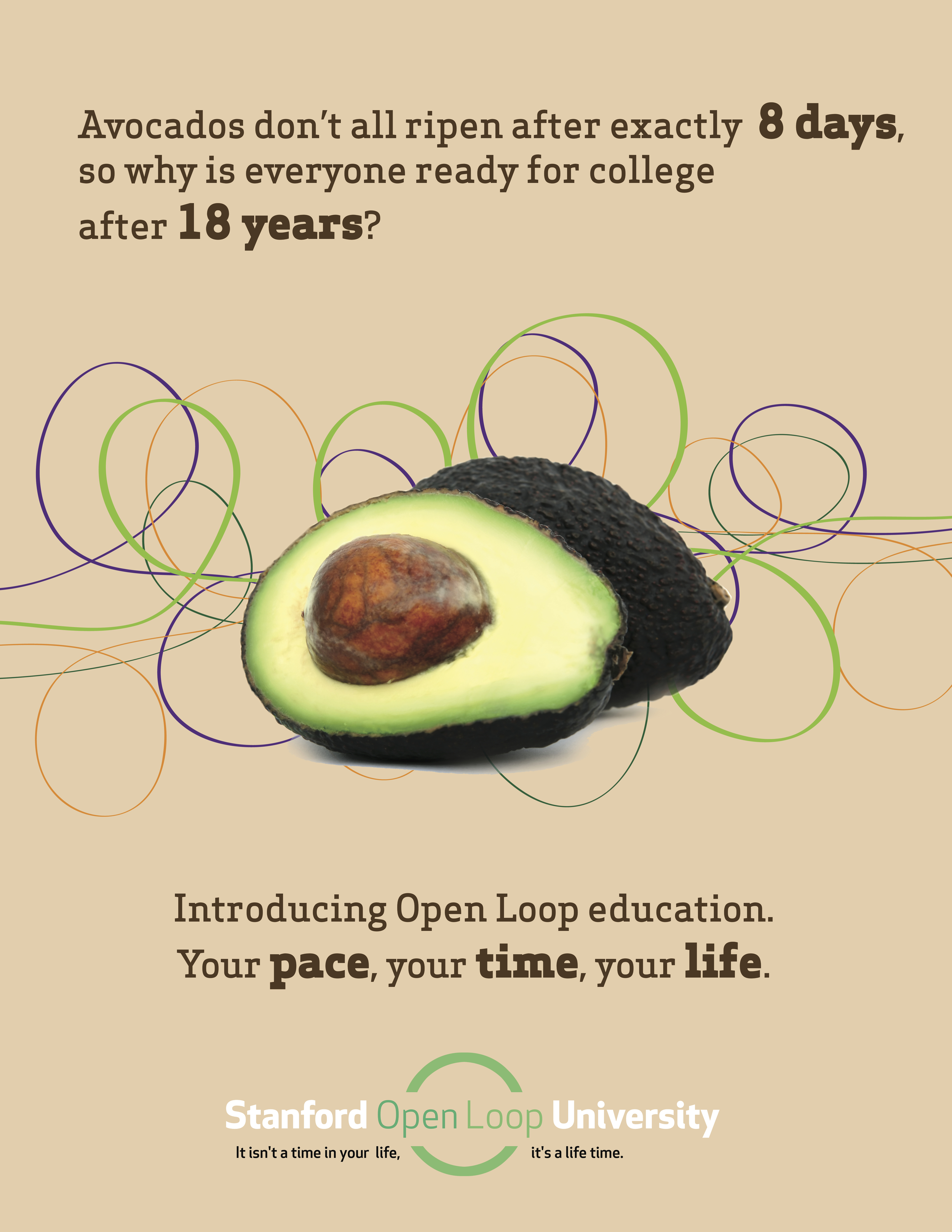
ARTICLE 65
C3 Reader
Apple iPad (early “tablet“ device), Kiosk
Cardinal Community Currency, commonly called C3, was a community currency system proposed shortly after Open Loop was announced in 2016. Students were able to spend their credit on everything from courses to coffee on campus, and after completing a Mentorship and/or Teaching C3 Certification, they could begin earning credit back.
Populi could earn C3 by teaching master classes or mentoring students and could spend their C3 on anything from Rose Bowl tickets to MBA tuition.
Faculty were able to earn C3 by teaching courses beyond their appointed requirements and could trade in their earned C3 for additional research funds or sabbatical time.
This is one of the original C3 Readers placed in Tresidder Union during the 2016 pilot program. The user interface allowed students to check their C3 balance with a fingerprint.
Watch Video of Ashish Goel explain Cardinal Community Currency.
ARTICLE 35
Loop Origins
Found notebook pages from early 21st century professor, Petr Johanes
Professor Petr Johanes was deeply involved in the 2015 experiment led by the Dean of Admissions that admitted 10% of the following year’s incoming class using “age-blind” admissions. This would eventually become Open Loop University.
Shown here for the first time, the paper sheets displayed are found pages from Johanes’ initial thoughts and experiments with loops as a PhD student in Stanford’s School of Education. Johanes meticulously documented his own loop and spiral trajectories and synthesized and reflected upon his experiences. As was common in the early 2010s, Johanes often performed work on his computing device and printed results on traditional paper.
Watch Video of Petr Johanes explain his Loops
View Petr Johanes' Loop + Spiral Papers Gallery
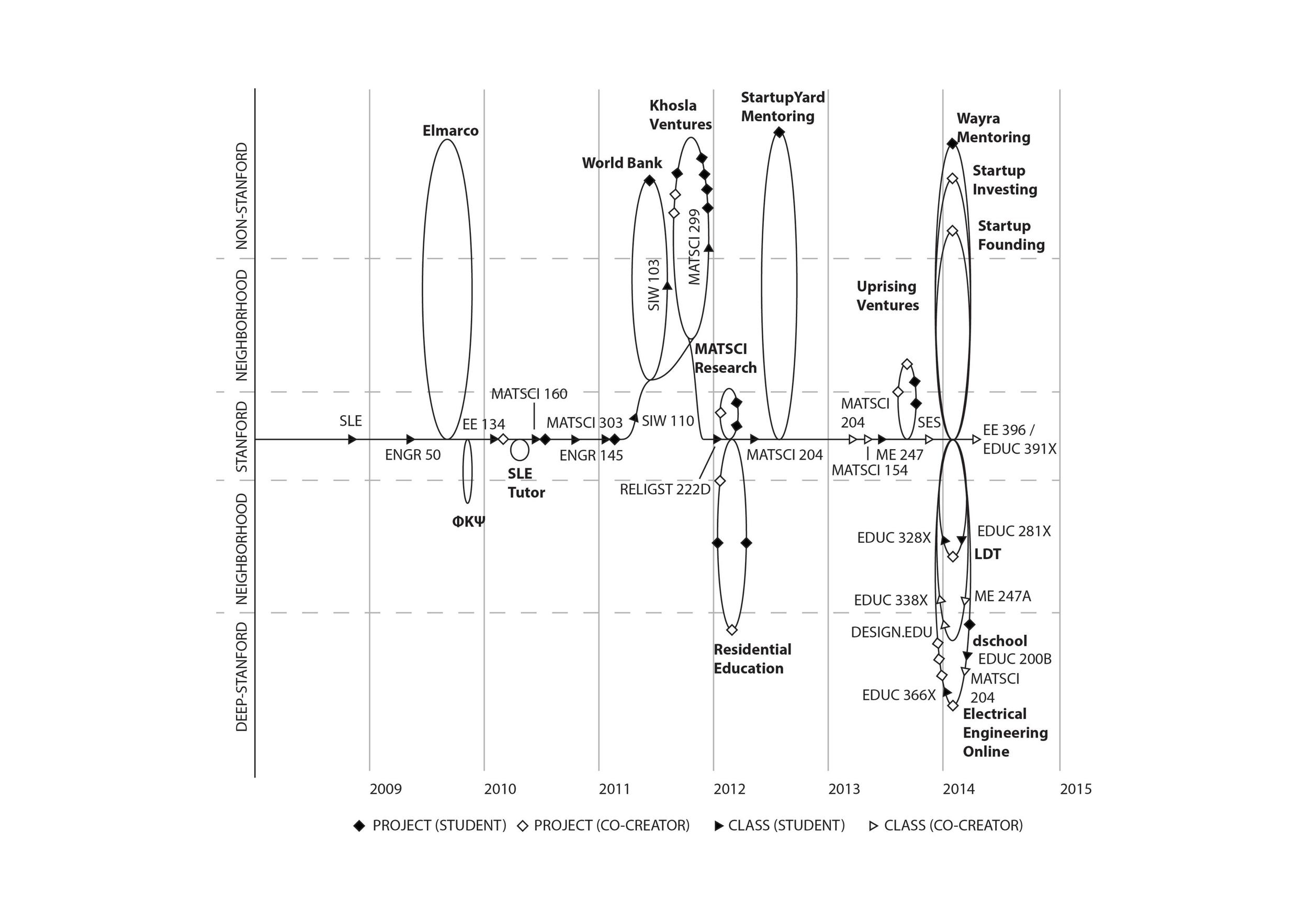
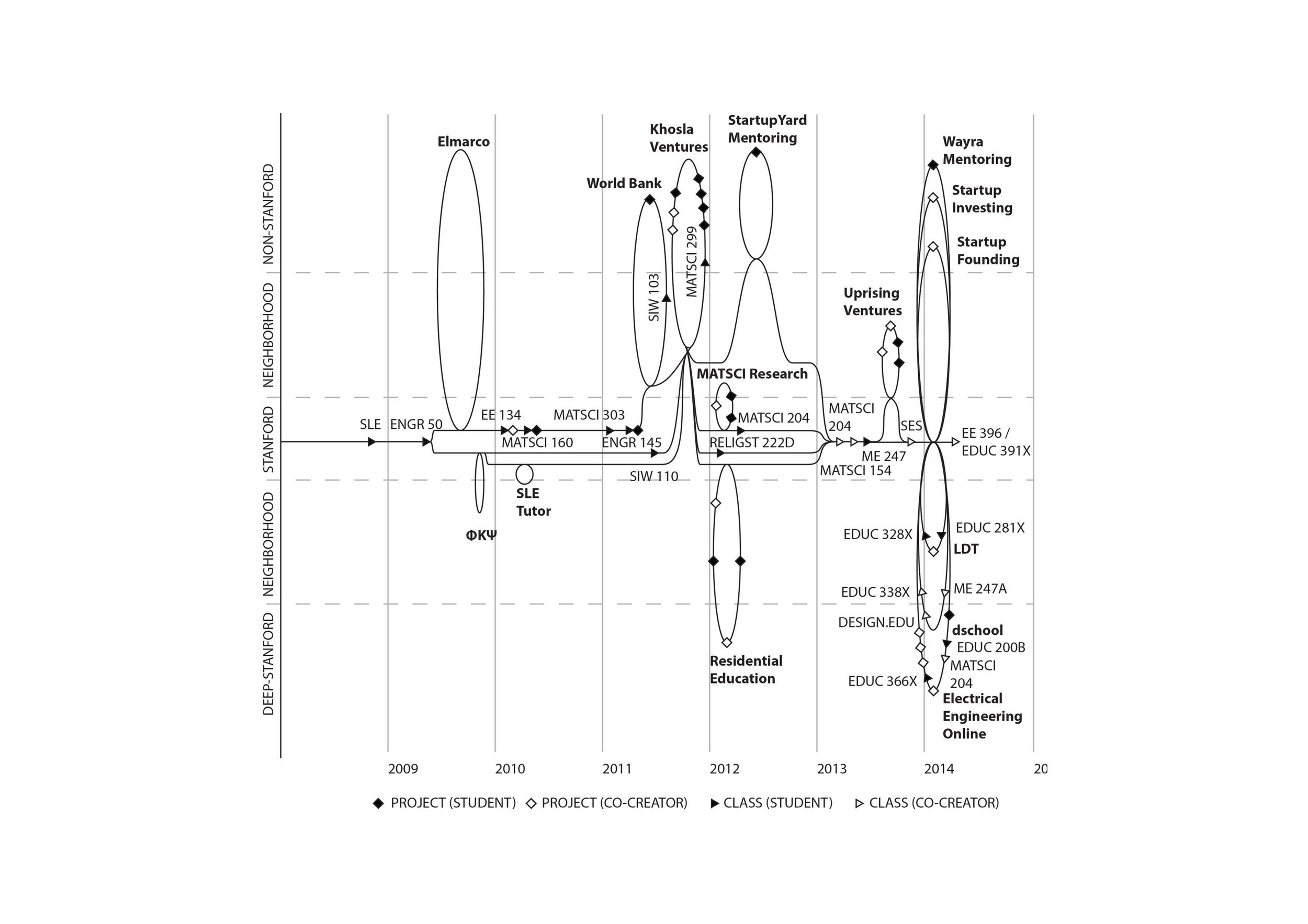

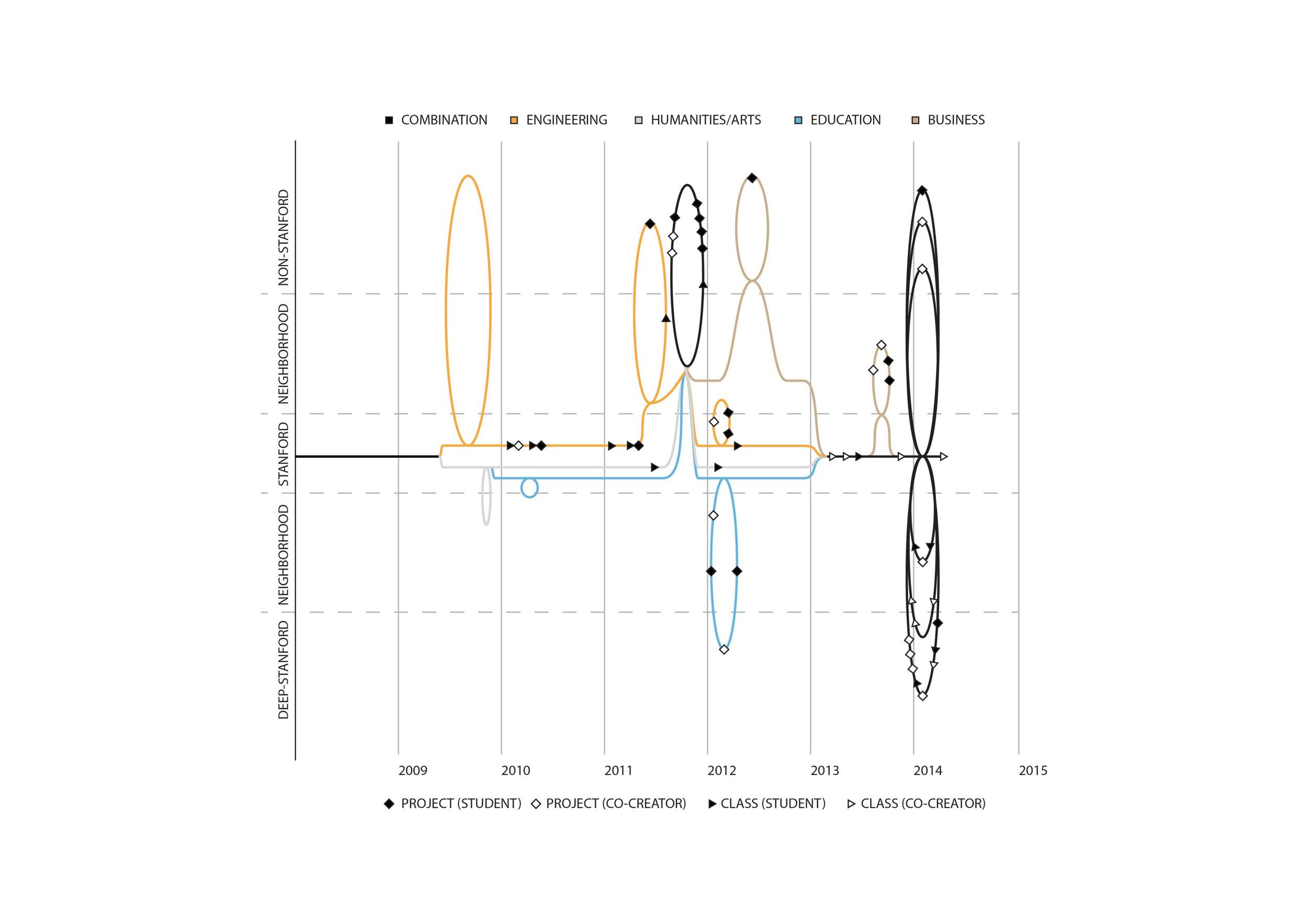
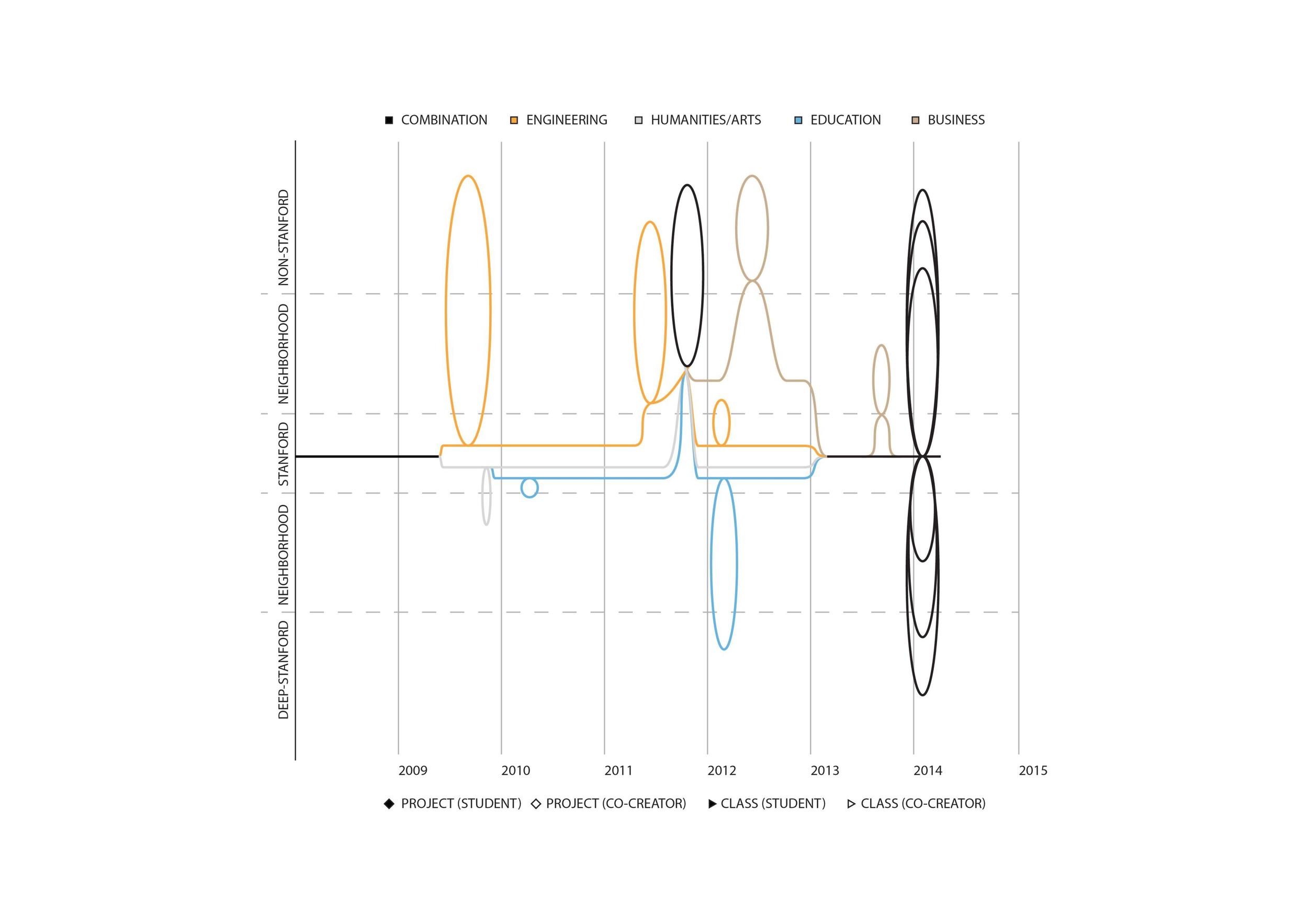

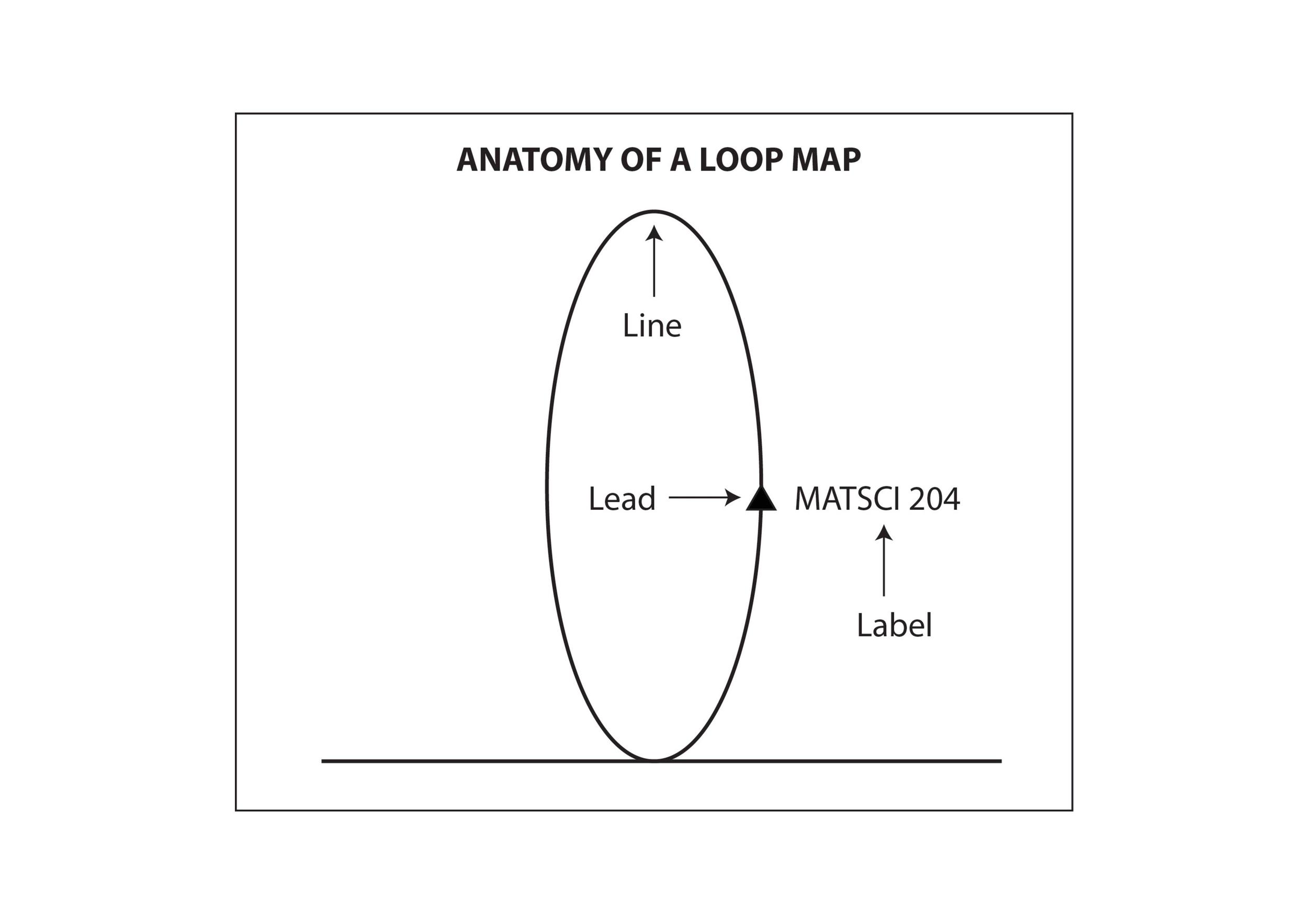

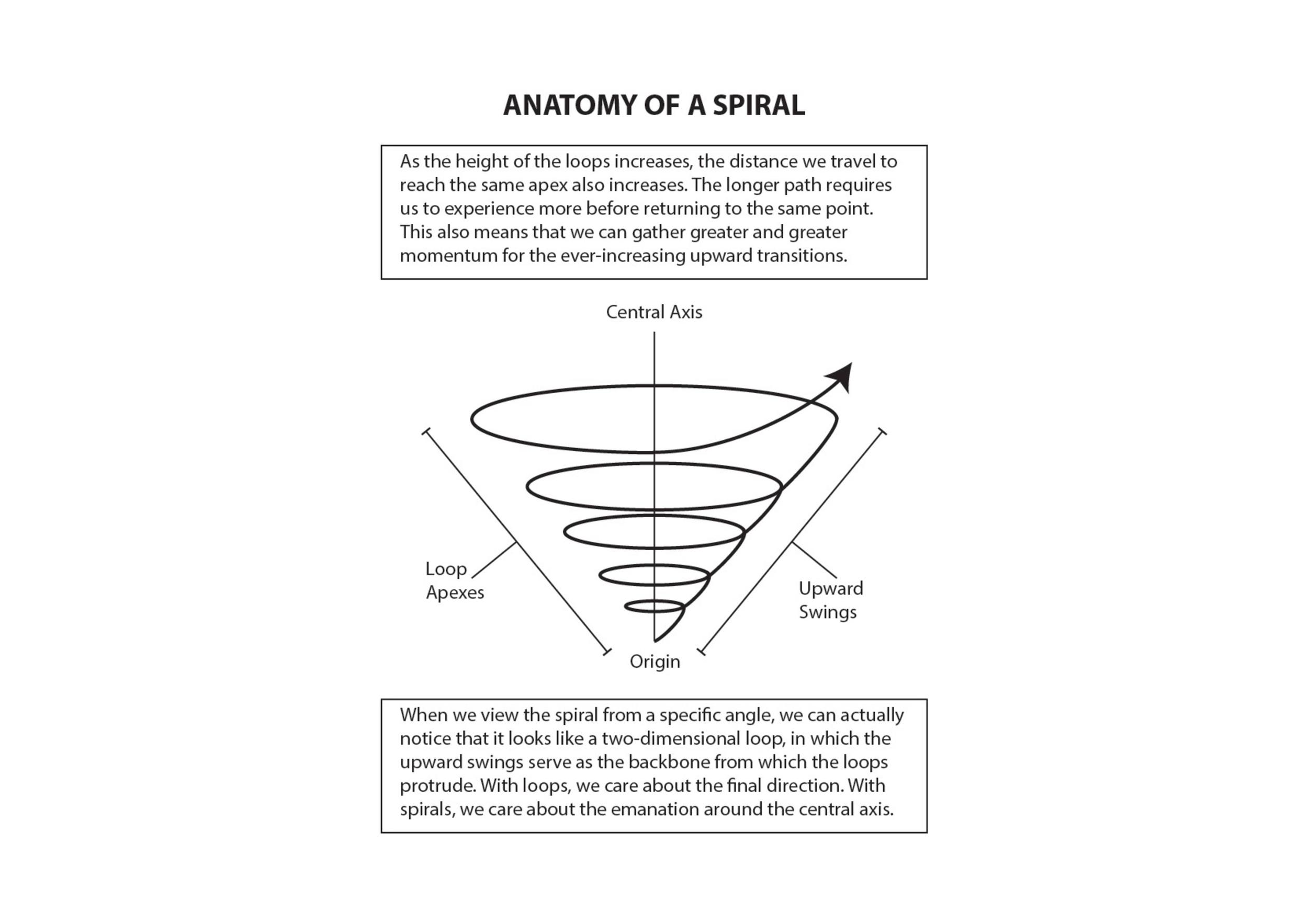
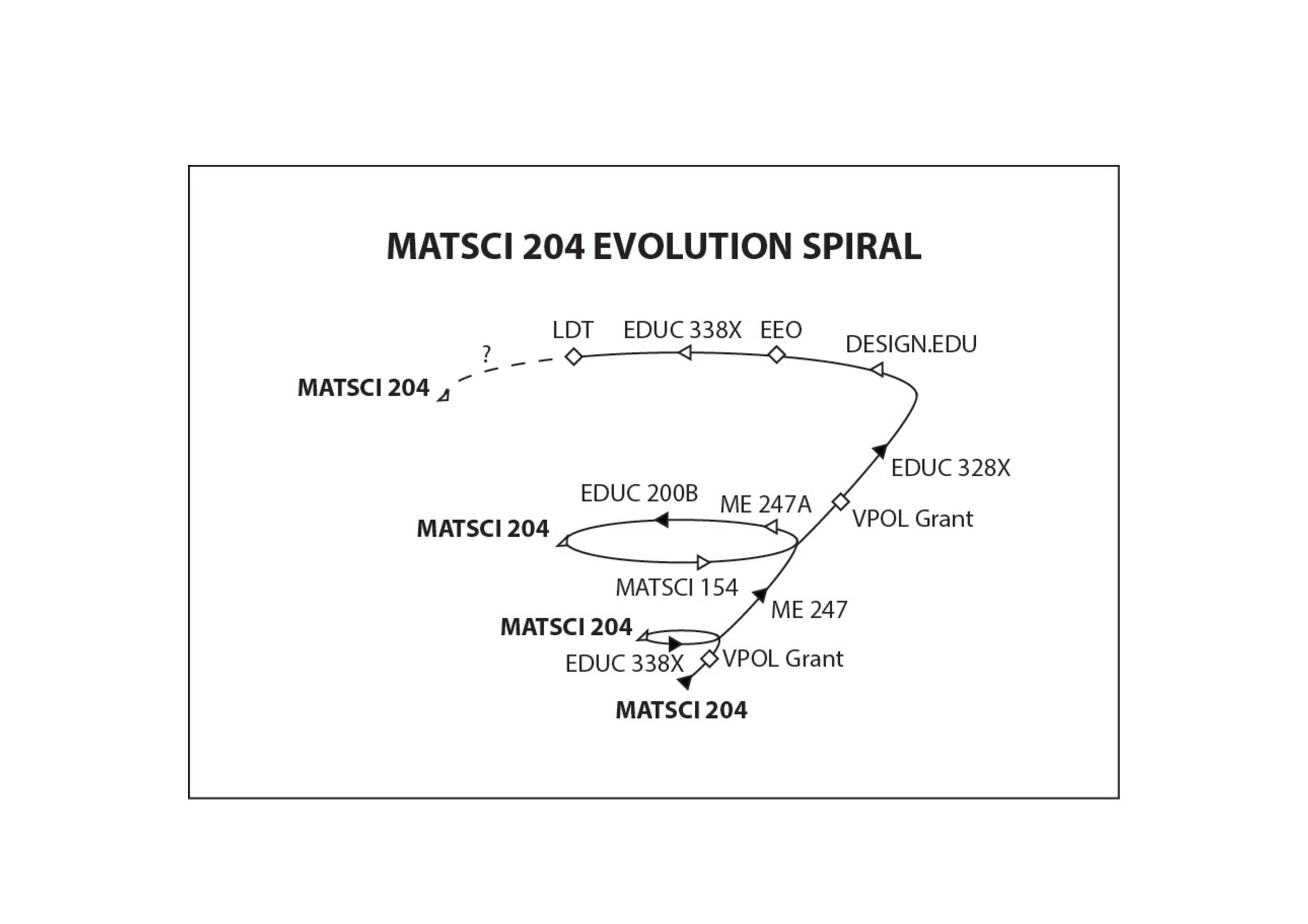
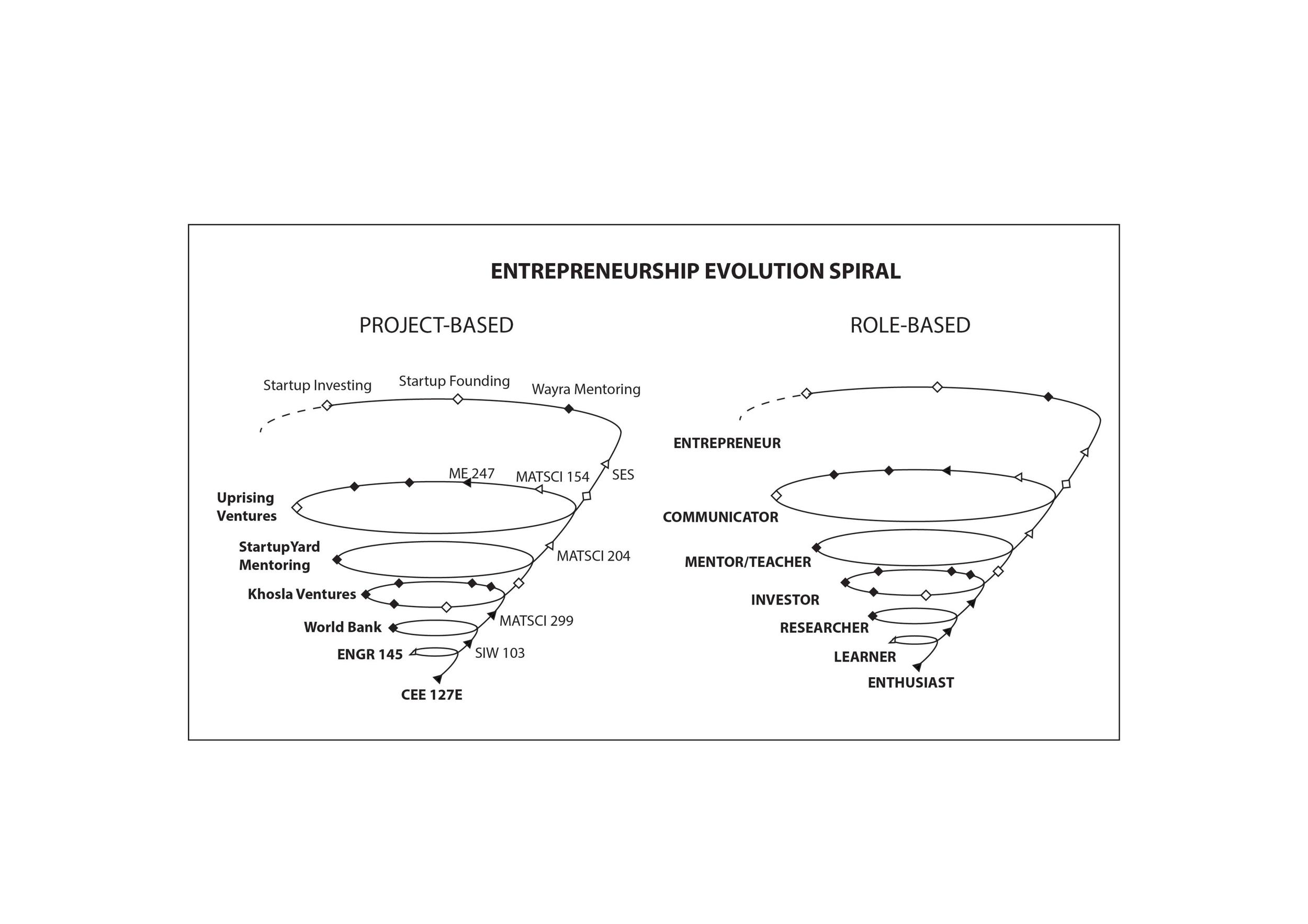
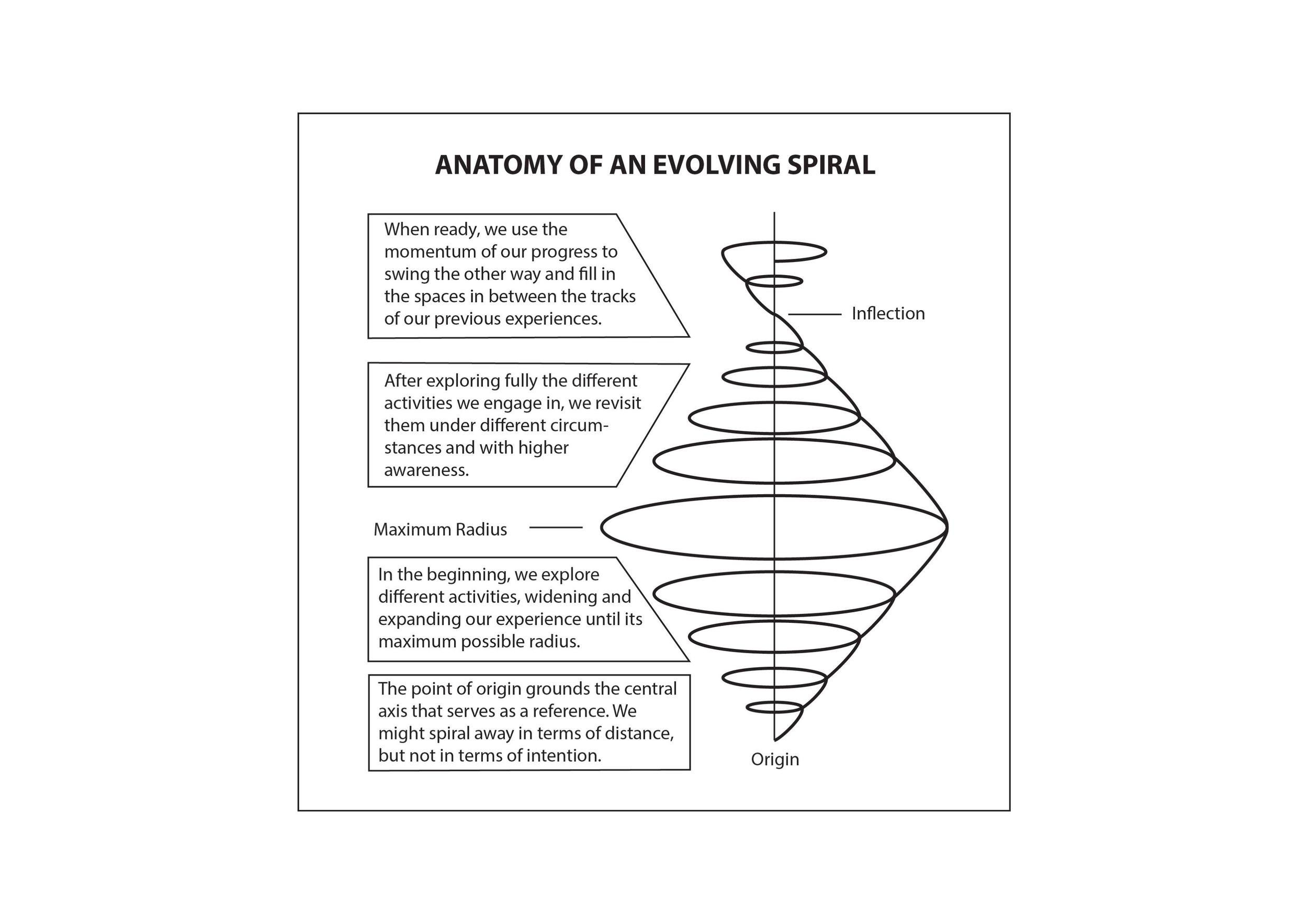
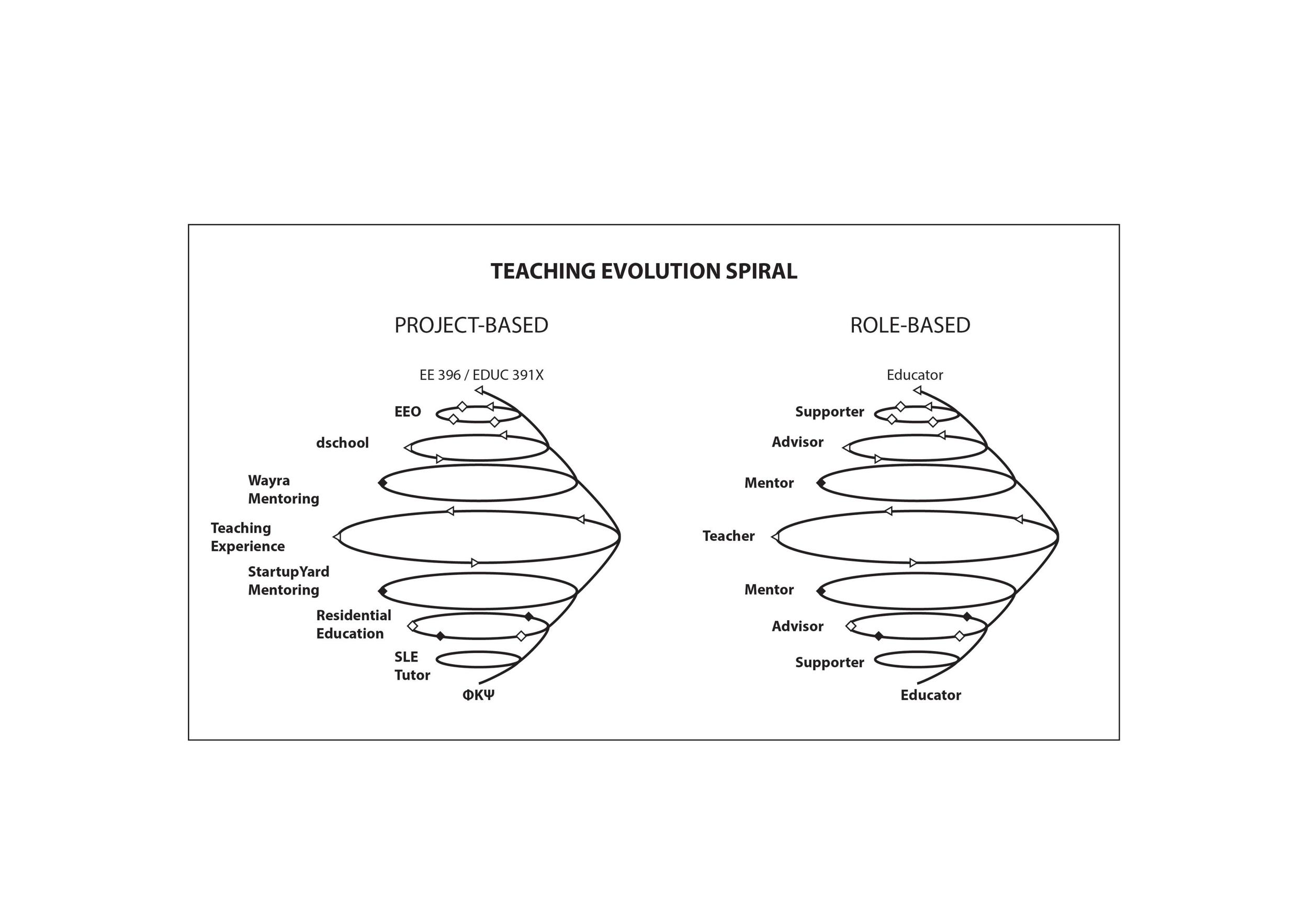
ARTICLE 55
From Application to Invitation
Audio recording circa 2015
In 2015, the Stanford Office of Undergraduate Admissions experimented with an admissions process to replace applications and began to recruit students to come to Stanford rather than requiring them to apply. A phone call from a recruitment officer replaced the lengthy application process.
To find candidates, recruitment officers matched a rigorous, “age-blind” open nomination process with a rotating pool of expert nominators and an anonymous review board. The board cycled annually to ensure that the process was fair and the quality of invitees was high.
By 2016, 10% of students were admitted via invitation. Six years later, Stanford and 28 other universities were using invites instead of applications for the vast the majority of their students.
The impact on high school education and college preparation was profound: students and teachers alike shifted focus away from test performance and on to following personal passion and showing evidence of impact.
Watch Video of Scott Doorley explain Application to Invitation

